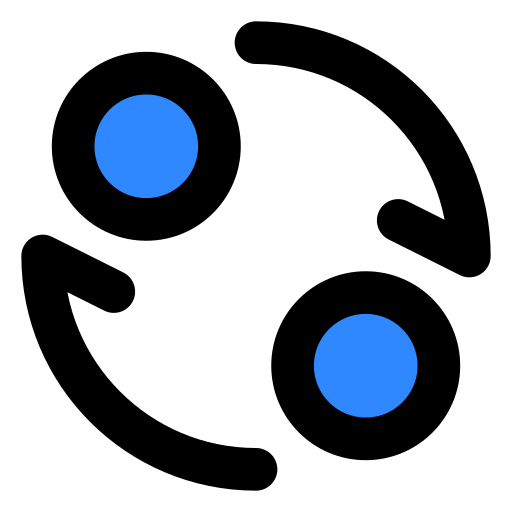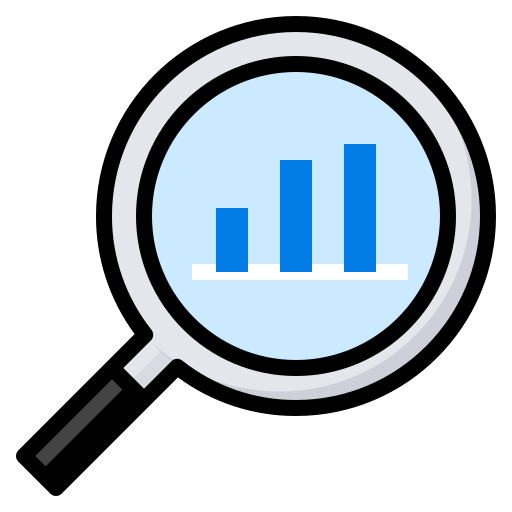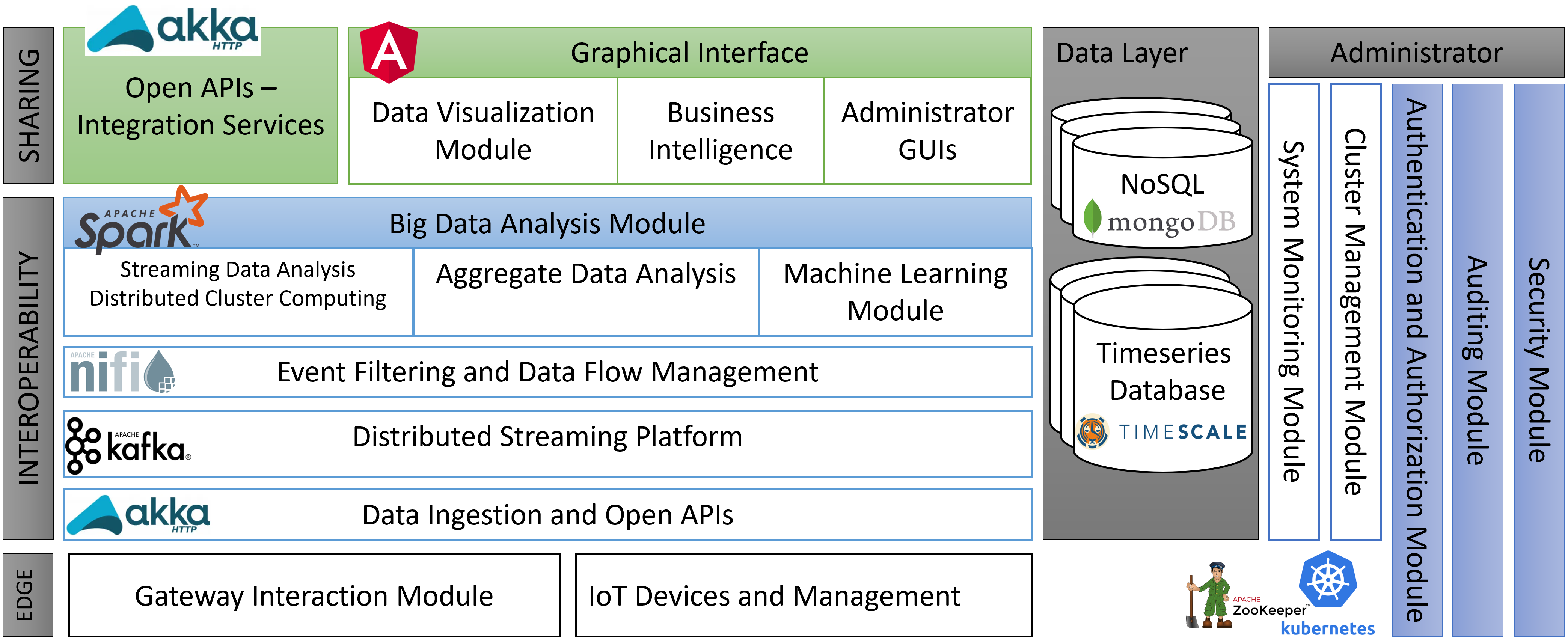Smart Cities
We envision a future where cities are not just places to live but thriving ecosystems of innovation, efficiency, and sustainability. Our smart city platforms are designed to transform urban areas into smart, interconnected hubs that enhance the quality of life for residents, optimize resources, and drive economic growth.

Welcome to the Future of Urban Living
Imagine living in a city where technology seamlessly integrates into daily life, making everything more efficient, safe, and enjoyable. This is the vision of a smart city, and at SRDC, we are at the forefront of this transformation. Our innovative platforms connect various aspects of urban life, from traffic management to public services, ensuring cities are not only smarter but also more responsive and resilient.

Transforming Urban Experiences
Smart cities revolutionize the way we interact with our surroundings. By integrating intelligent systems, we create environments where everyday tasks become simpler, more intuitive, and highly efficient. Whether it’s seamless public transportation, enhanced public safety, or personalized services, our technology transforms urban living, making it more convenient and enjoyable for everyone.

Enhancing Urban Life
A smart city leverages technology to enhance everyday life in countless ways. From real-time traffic management to energy-efficient buildings and responsive public services, the goal is to make cities more livable and environmentally friendly. Our smart city solutions utilize cutting-edge data analytics and IoT (Internet of Things) technologies to monitor and optimize urban infrastructure, ensuring that cities can adapt to changing conditions and demands with ease.

A Sustainable Future
At the heart of our smart city initiative is a commitment to sustainability. We believe that technology can play a crucial role in reducing urban carbon footprints and promoting green practices. Our solutions help cities manage resources more efficiently and foster an environment where both people and nature can thrive. By prioritizing sustainability, we aim to create cities that not only thrive today but are also prepared for the challenges of tomorrow.
Completely open-source and no license requirement

Our infrastructure is built entirely on open-source tools commonly used in big data processing architectures, eliminating any licensing requirements. The system's flexible design allows for seamless installation on any cloud platform.

At SRDC, we envision transforming urban landscapes with our advanced smart city platforms. Embracing the NGSI-LD standard, our solutions facilitate seamless interoperability, robust data analytics, and real-time stream processing, ensuring cities operate efficiently and securely. Our platforms are designed to harness the power of IoT, enabling cities to collect and analyze diverse sensor data, thus optimizing urban management and enhancing the quality of life for citizens.
SRDC's commitment to innovation is reflected in our smart city solutions that integrate big data analytics, complex event processing, and data flow orchestration. Our platform offers a user-centric interface for city administrators, providing tools for real-time monitoring, data visualization, and automated process management. By leveraging standards like the OGC SensorThings API and FiWARE, we ensure our solutions are not only effective but also future-proof.
Our smart city infrastructure is built on open-source technology, eliminating license barriers and providing flexible deployment options on any cloud infrastructure. The platform’s architecture ensures comprehensive functionality, from data ingestion to sophisticated data analytics. This design supports scalable, secure, and user-friendly applications tailored to meet the dynamic needs of modern urban environments.
Join us in redefining urban living with cutting-edge technology that makes cities smarter, safer, and more sustainable. Explore our comprehensive suite of smart city solutions and see how SRDC can help your city embrace the future. Visit our website to learn more about our vision and capabilities, and let's create new business opportunities together.





